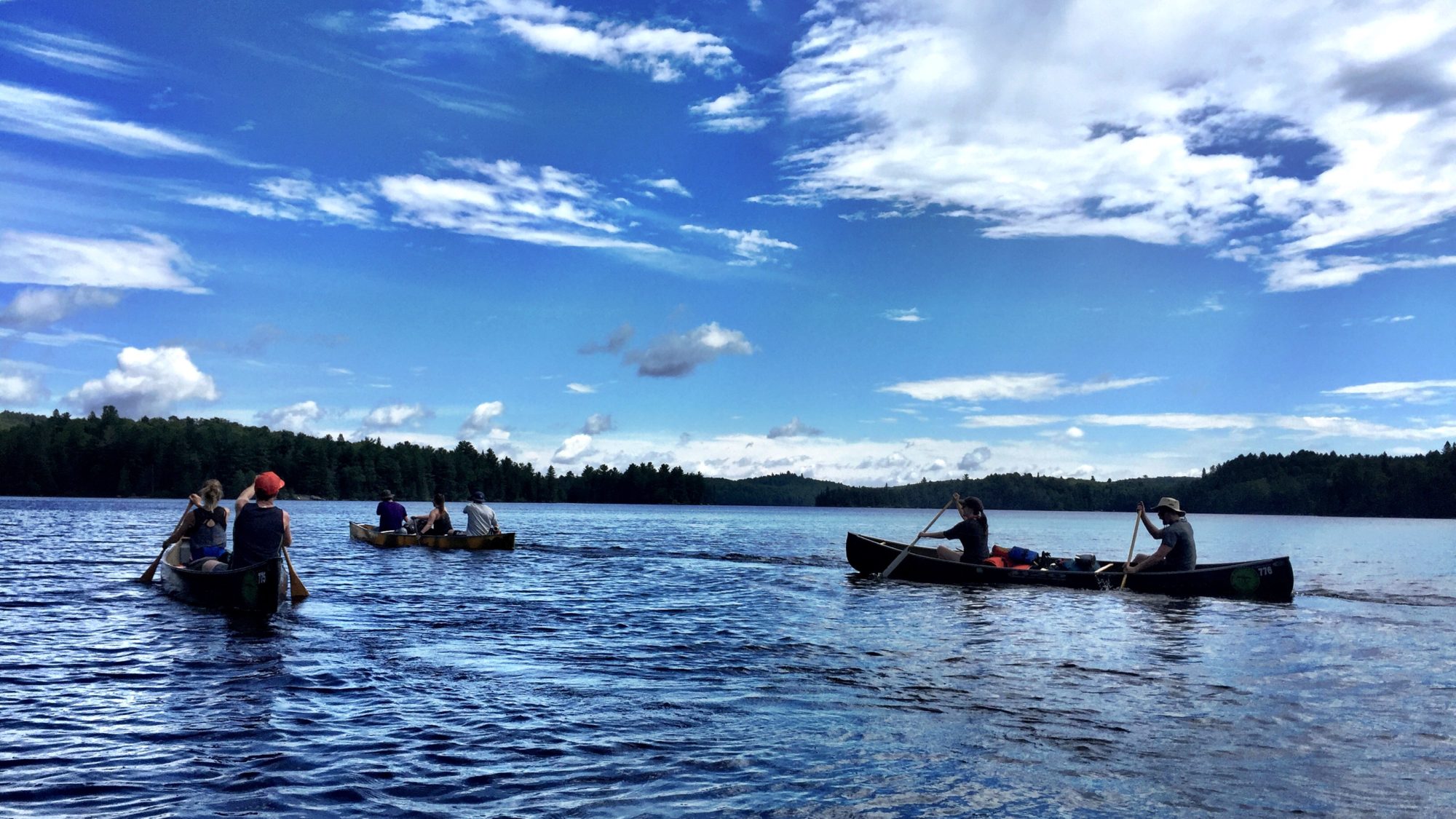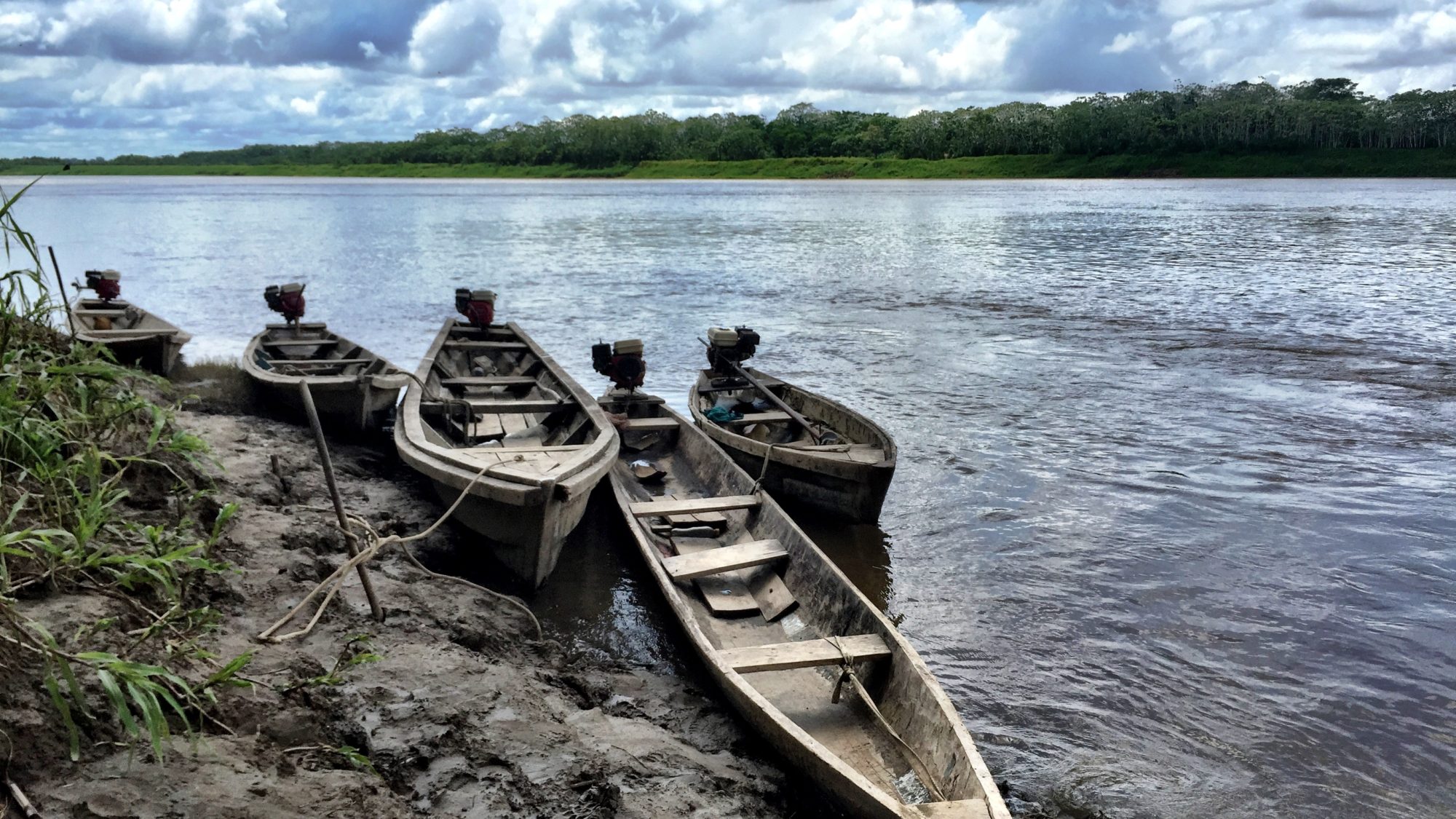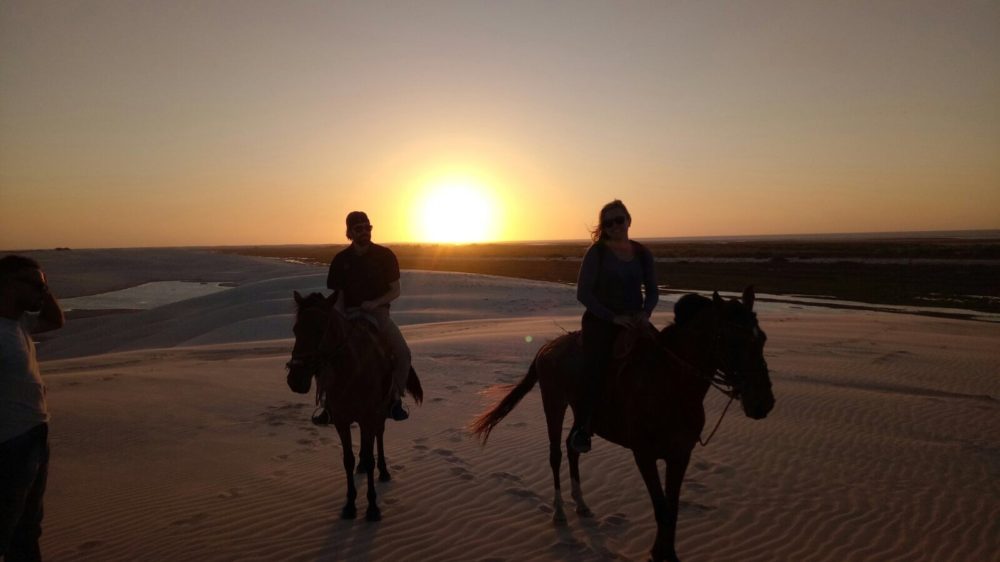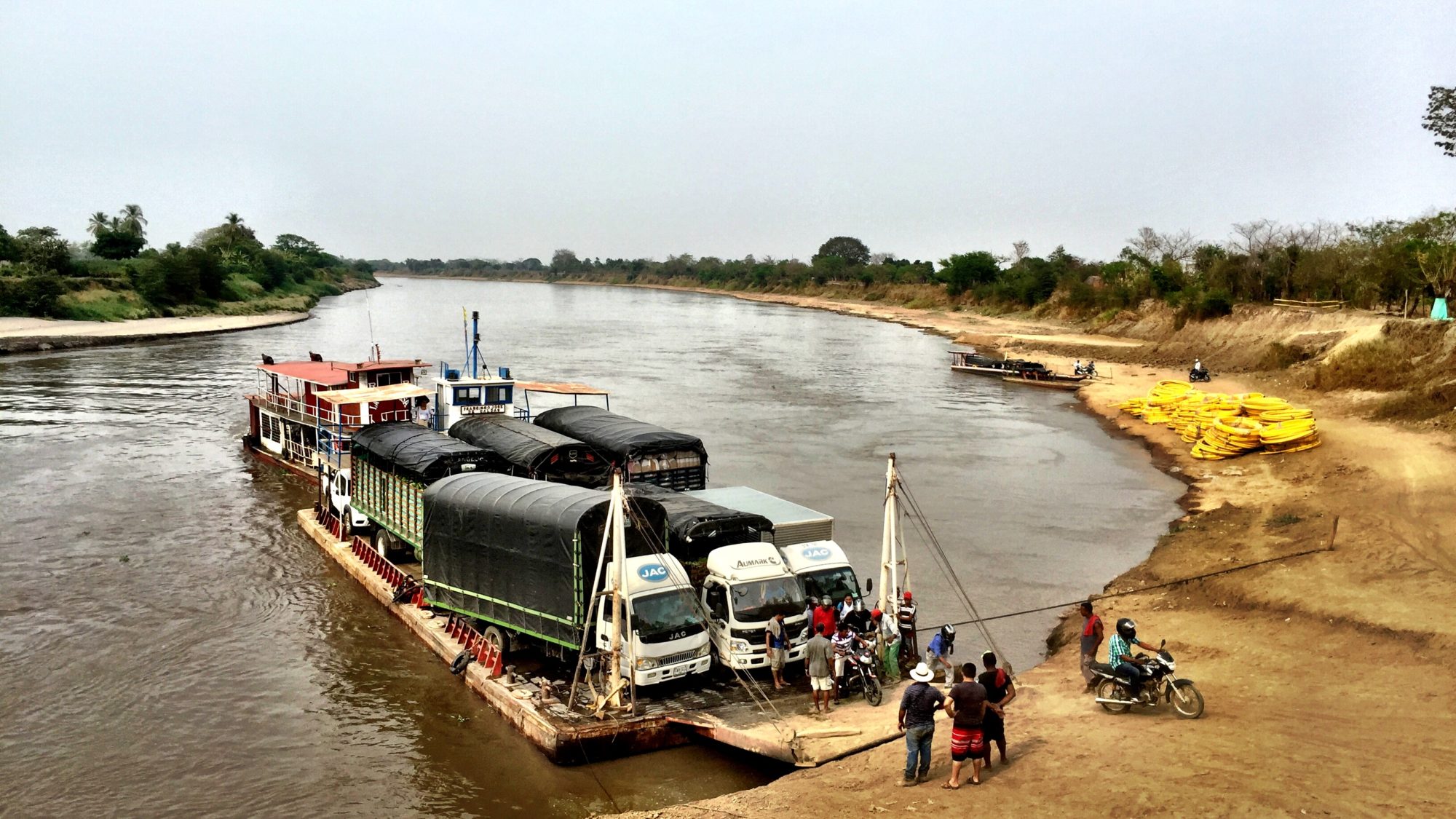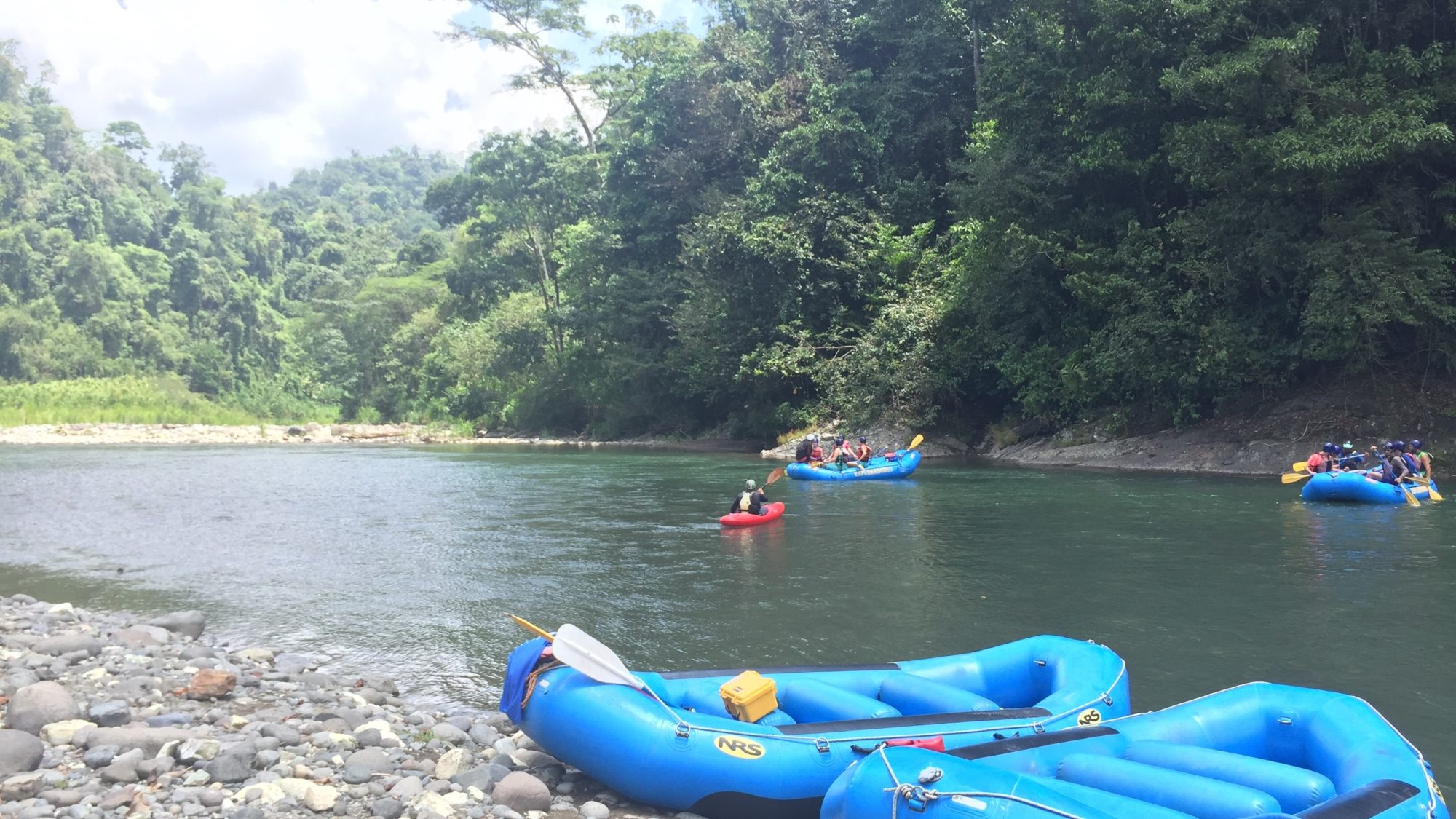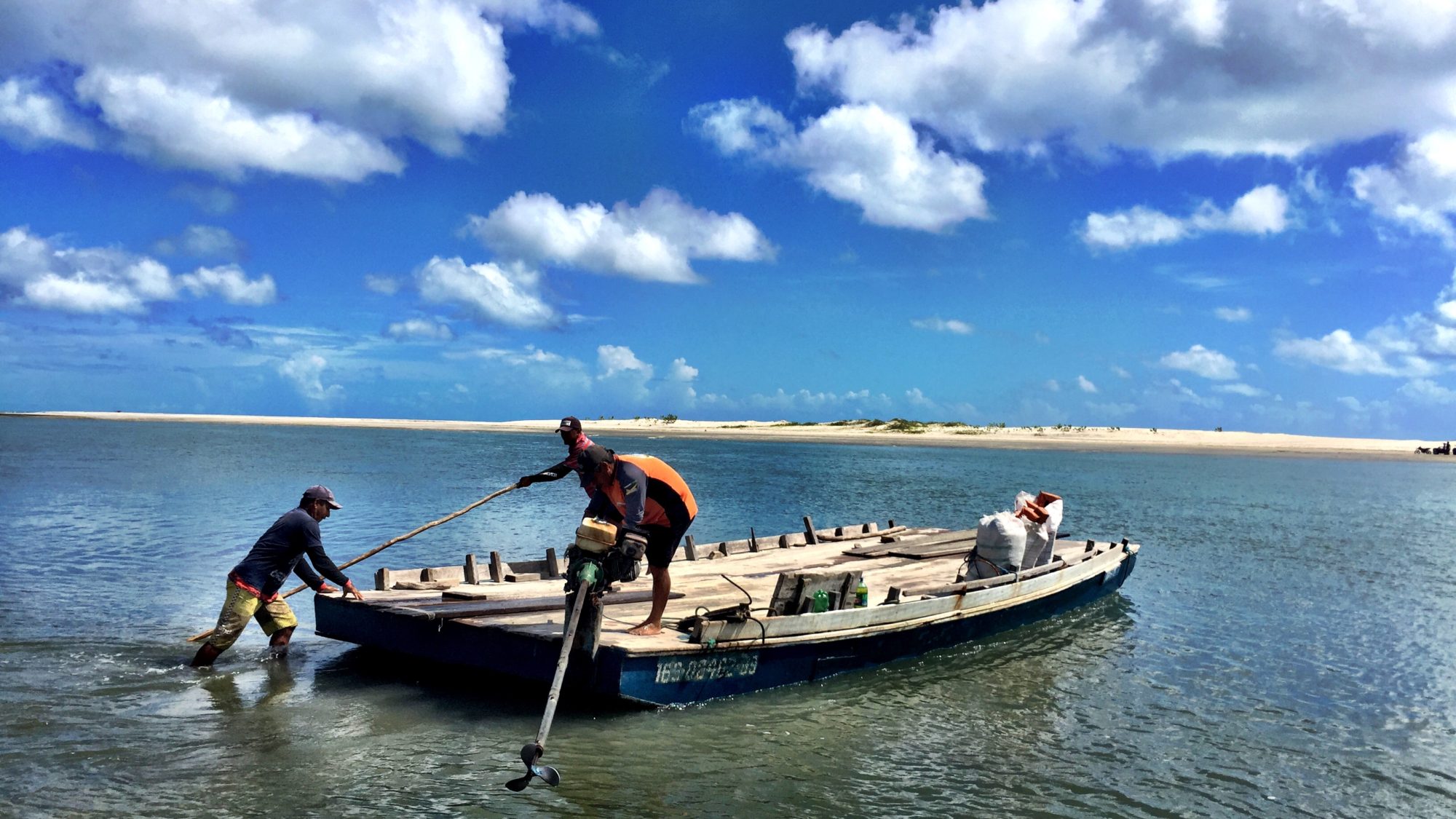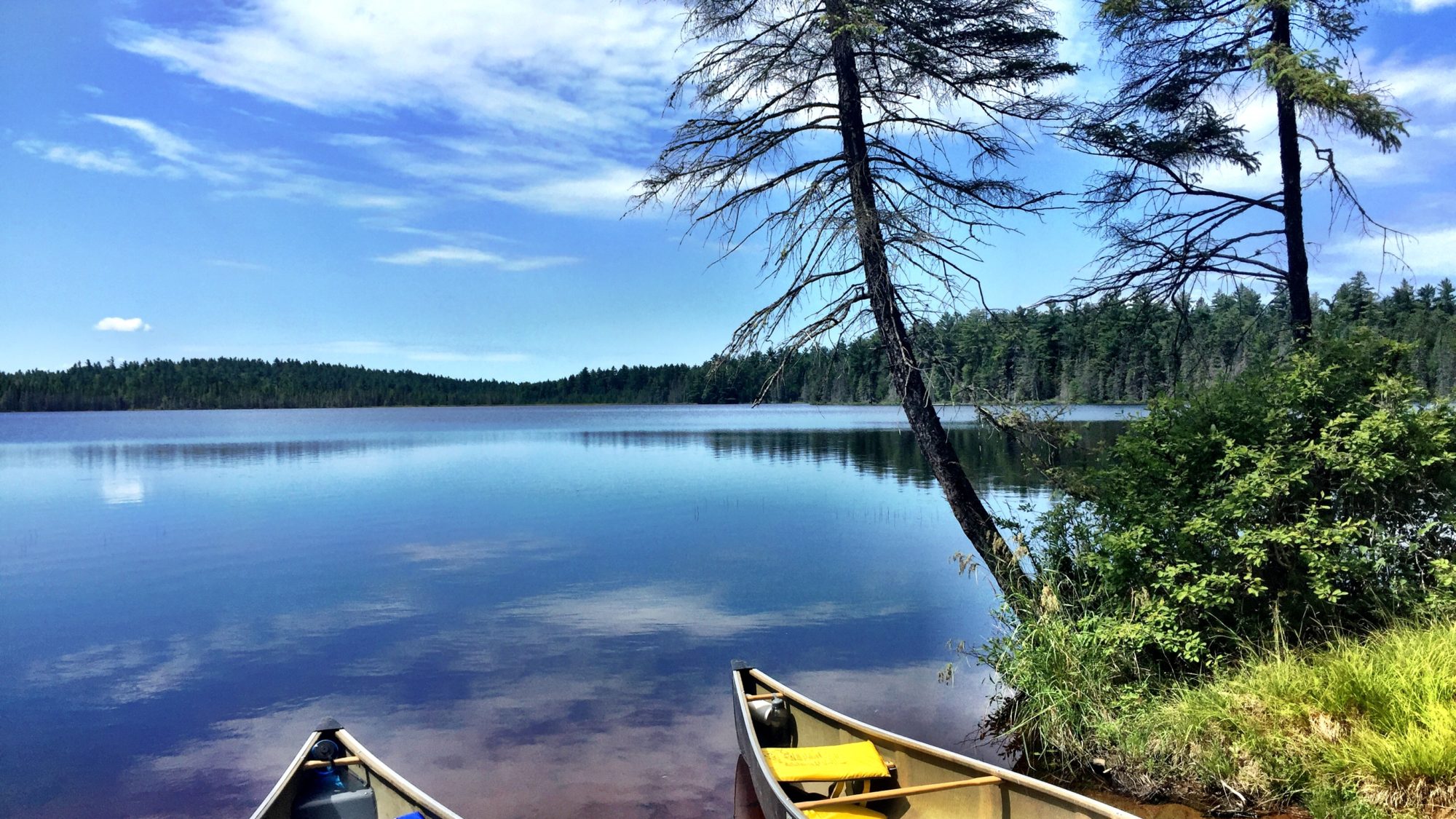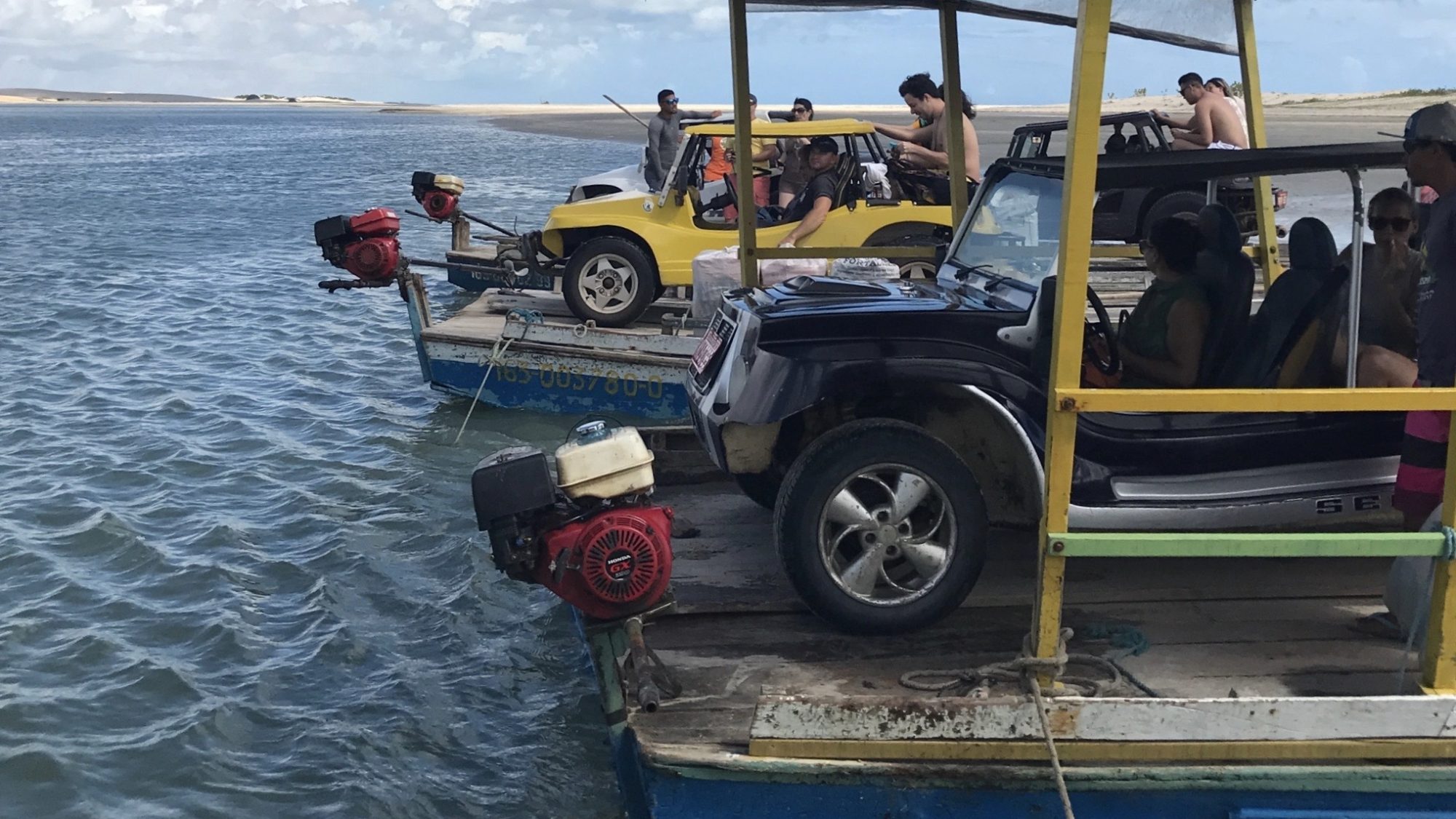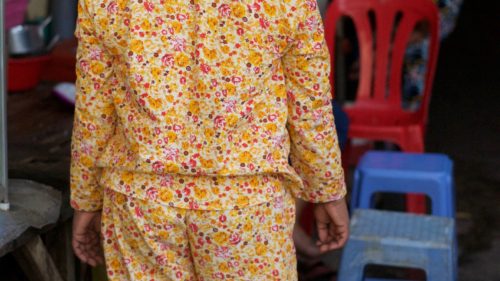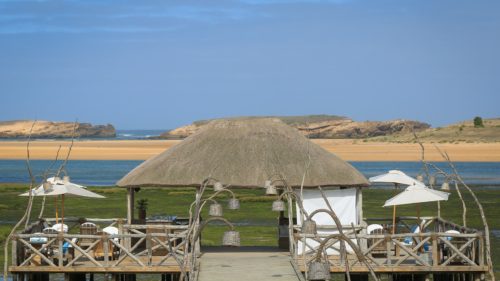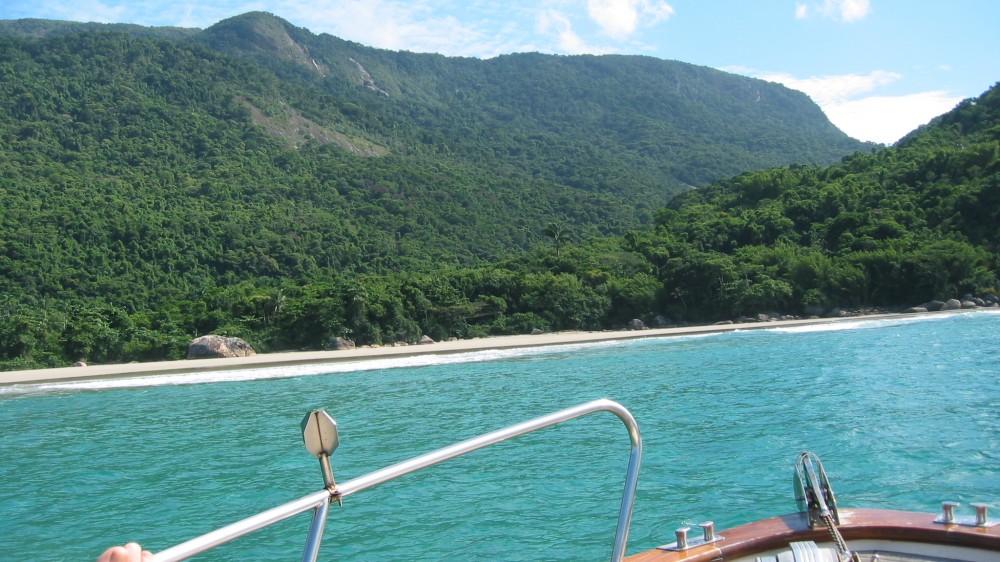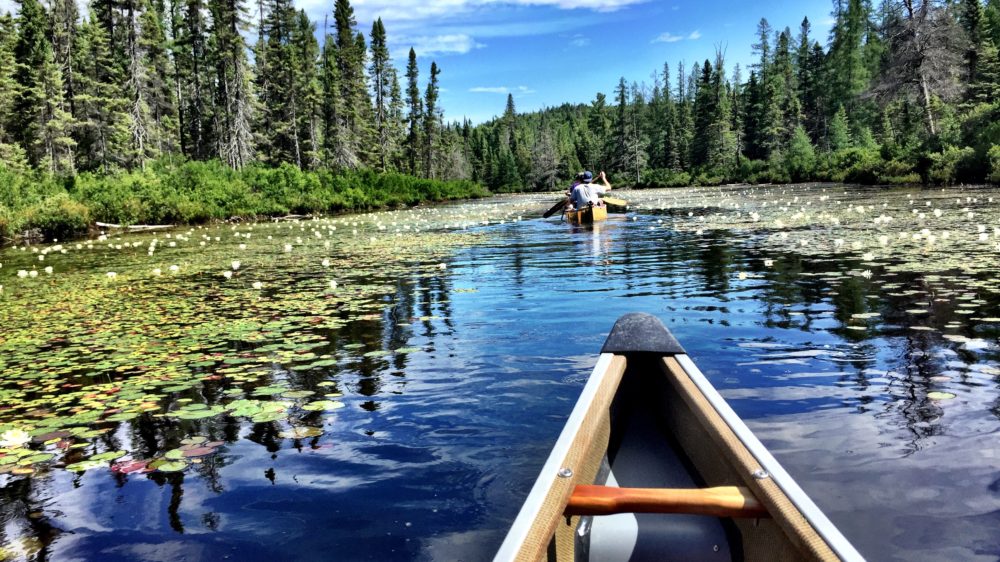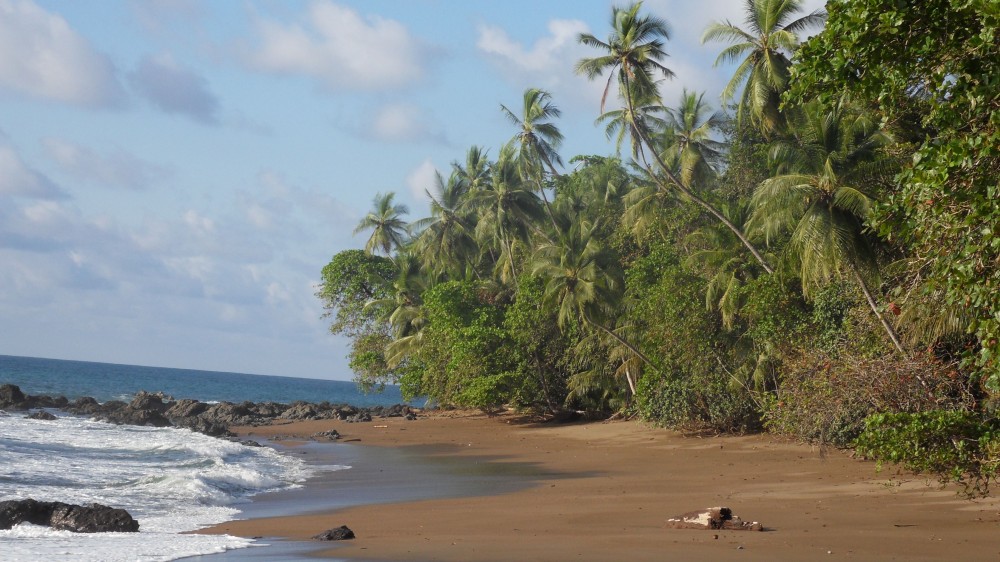Canoes, Kayaks and Snowshoes – It’s the Getting There
Next week I embark on my annual canoe trip with a group of close friends. We typically stick close to Algonquin Park, as our cottage is located there, making it an easy jumping-off point. Plus the joy of a post-trip ice cold beer in the sun on the dock is hard to pass up. Ontario has thousands of great routes, spanning from beginner to advanced, 4-days to 50-days and our future sights are set on Temagami, Quetico, the French River, and perhaps a little white-water in the Yukon… But this year, with all the uncertainty surrounding COVID, we decided to stick to what we know, what’s in our backyard – the beautiful Algonquin Park.
Although the group has changed over the years as families have expanded, friends have moved away and careers have changed, a small handful of us have always managed to get out into the wildness for a couple nights each summer, our canoes and handmade paddles (check out Bruce Smith for your own bespoke stick) as our only mode of transport. This year we will have the original 5 back together, the friends with whom I first did a canoe trip many moons ago, when we left the cozy comfort of the cottage in the pouring rain, and it rained for 3 days straight. But our eagerness (fuelled by our naiveté) never faltered. It wasn’t until the very last day that we finally saw the shining sun, and as we paddled back to the cottage in the glowing warmth to the cold libations waiting for us, our love for canoe trips was solidified. We’ve been tripping every year since.
As I prepare to pack my trip essentials (box wine, check) for this year’s adventure, I can’t help but reminisce – thinking of the other modes of transportation I’ve taken on my travels, the various off-beat people-movers and unlikely methods of getting from here to there. I think back to my time in sleepy Mompos, Colombia. It is the town that time forgot, and all the better for it, quiet and beautiful, set along the Magdalena River. But what I remember most is the journey. After a 6-hour car ride from Cartagena, follows a 2-hour journey by boat. “Boat” is a loose term – perhaps a better moniker would be “sardine-barge” because I was surprised we were still floating as I watched truck after truck being loaded onto a barely-above-water platform of a boat, packing us in like a can of sardines.
It’s the getting there. Heading out for dinner in Costa Rica, I recall my surprise when after calling for a taxi, a ramshackle tuktuk arrived instead of the sleek car I expected, held together by rusty rivets and sellotape. We raced down the dirt mountain roads and along unlit bumpy tropical streets until we arrived at the restaurant in Nosara for dinner. I don’t remember the meal. While on that same trip I stayed at the stunning Pacuare Lodge where the way in is by white-water raft. A pattern emerges.
I never told my parents about a journey in Northern Brazil, making our way to the stunning and faraway Lencois Maranhenses, in the hands of a local Formula 1 driver. We spent more time off-roading across beaches, sand dunes and farm fields than we did on any roads (occasionally paved, if we were lucky). Coming across a small river we needed to cross, the driver balanced the pick-up truck with pinpoint precision onto two wooden planks to get us up on to a raft, so narrow we couldn’t even get out of the vehicle (if you opened your door, you’d fall right down into the river) and we floated our way across to the other side.
So often the adventures take place between the A’s and the B’s. Plane, train or automobile, hiking boot, snow shoe or horseback, it’s the relentless grind or the peaks of adrenalin, the time that passes, the gazing out the window, the sudden opening up of a landscape, the difficulties, resolved challenges, the lunchstops. It’s the getting there that sets the stage for the memories to be made, the mind to be blown, the eyes to be opened. I told my parents we took the slow train to Lencois Maranhenses.
However, back to the job at hand, and it is the canoe and trusty paddle that will always be my preferred mode. Perhaps it is the Canadian in me, the paddle being a sort of totem for this wilderness-rich country, but who can resist the soft dip of the wood into the water, the bow of your cedar-strip canoe cutting through the glass-like lake, reflecting the sky and shoreline like a mirror. Or the familiar call of the loon. The quiet, calm rocking of a canoe in the gentle swell is a welcomed respite from the current uncertainty. We’ll be going from nowhere to nowhere, and the journey will be unforgettable.
You’d want Victoria, aka ‘The Wrangler’, in your canoe when something goes wrong, and not just for the box wine. Email her here for more hair-raising stories or to prepare your own trip from here to there.
